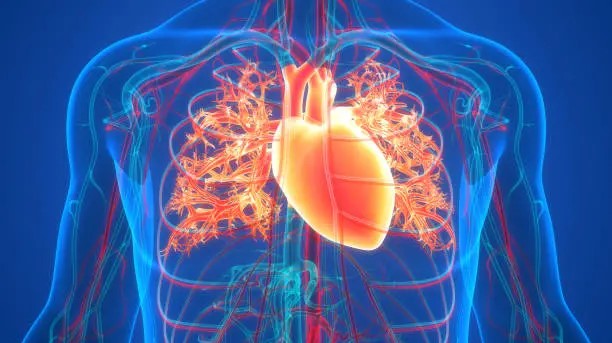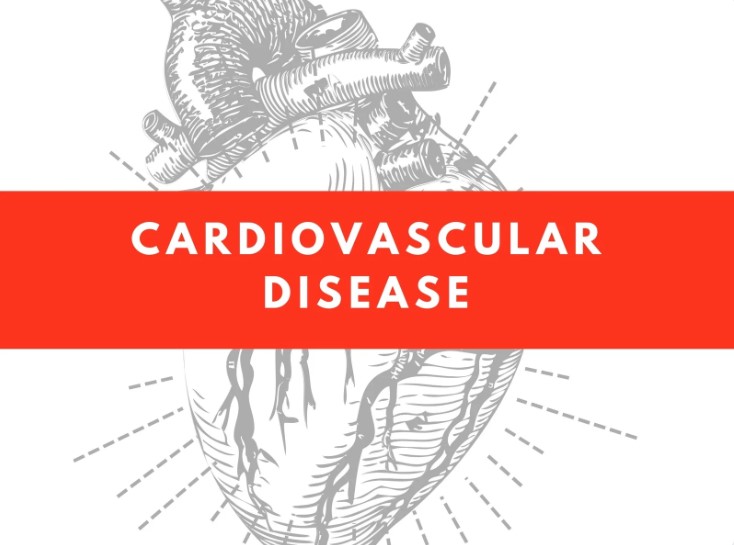Cardiovascular Diseases is an unspecific term meant to refer heart and blood vessel diseases. There are myriad conditions that fall within the said categories of diseases such as coronary artery diseases, hypertension or high blood pressure, heart failure, and stroke. CVD has remained one of the leading killers, with nearly 17.9 million lives annually.

Table of Contents
Types of Cardiovascular Diseases
1. Coronary Artery Disease: This is mainly due to atherosclerosis-induced narrowing of the coronary arteries in almost all cases leading either to angina or myocardial infarction. Myocardial infarction later results in sudden death.
2. High Blood Pressure: “Silent killer” is the general term for this, because it destroys the blood vessels. Aftermath could be a heart attack, stroke or worse.

3.Heart Attack: Ischemic heart attack resulting from obstruction of a coronary artery that supplies one portion of the heart, or Hemorrhagic heart attack by rupture of a vessel which in most cases involves the heart.
4.Heart Failure: Coronary Heart Failure where a heart fails to pump enough in inducing fatigue, shortness of breath, and fluid accumulation.
Causes and Risk Factors of CVD
CVD is primarily lifestyle or hereditary/ environmental background. The main risks include;
High Blood Pressure: It is one of the leading conditions that cause heart attacks and strokes. Uncontrolled blood pressure weakens and breaks arteries.
High Cholesterol: Excessive cholesterol causes the formation of plaques within the arteries, thus narrowing in diameter along with blood supply to the heart and brain.
Smoking: This is one major cause of CVD due to smoking since it brings about an inflammation within the lining of the arteries, which later leads to a poor oxygenation process within the blood.
Diabetes: Diabetes would be the other known cause of CVD since diabetes leads to hyperglycemia, which would mean that one’s vessels will pass from the nerve that controls heart, and they could even affect the vessels themselves.

Obesity: High blood pressure, cholesterol, and even diabetes can slowly creep into this time, causing the heart to be in tension.
Sedentary lifestyle Obesity is a product of such a lifestyle and conditions its owner to high blood pressure and reduced blood flow.
Cardiovascular Disease Signs
The cardiovascular disease can be silent. Common presentations include:
Chest discomfort or pain
Difficulty in breathing
Dizziness or syncope
Tachyarrhythmia or palpitation
Swelling of the legs and/or stomach
These signs, if left unaddressed, will eventually progress to such fatal conditions as myocardial infarct, stroke, or heart failure.
Preventive Measures for CVD
Preventive measures are based on lifestyle and risk factor modifications and the prevention of cardiovascular diseases. They encompass easy interventions such as:
1. It contains tons of fruits, vegetables, whole grains, and lean meats that supply low cholesterol and blood pressure levels in a body with reducing the body weight also.
2. Physical exercise keeps fit the heart, and it helps in regulating and maintaining blood circulation besides weight.
3. Abstinence from Smoking: The prevention of tobacco abstinence prevents the onset of tobacco thus placing risks at zero scores for CVD due to a healthy cardiac and pulmonary condition.
4. Management of Stress: The second cause that contributes to high blood pressure and heart disease is chronic stress. Skills in stress management, such as meditation, yoga, and deep breathing might benefit the cardiovascular system.
5. Drug Therapy: Patients whose lifestyle changes alone would not be able to control the risk factors of CVD are treated with statins, beta-blockers and anti-hypertensive drugs.


1 Comment
Pingback: Transformation of IRCTC and Changing Railway Journey 2024